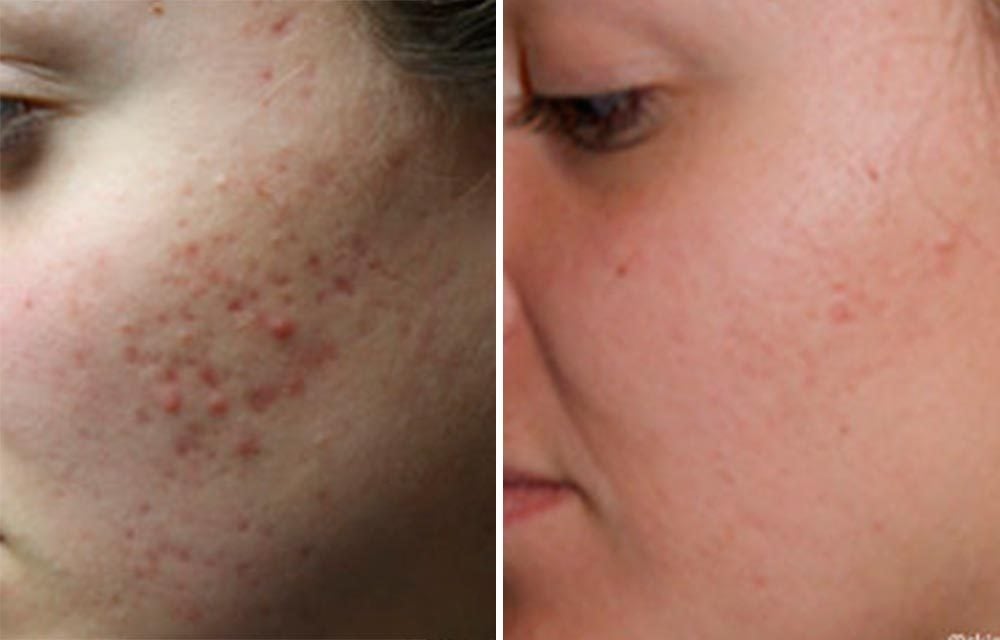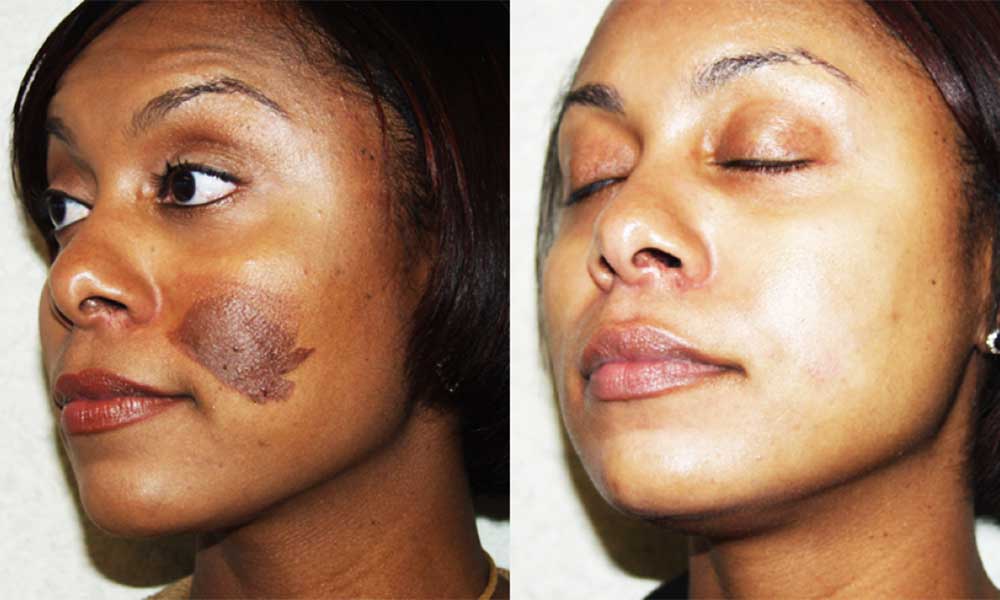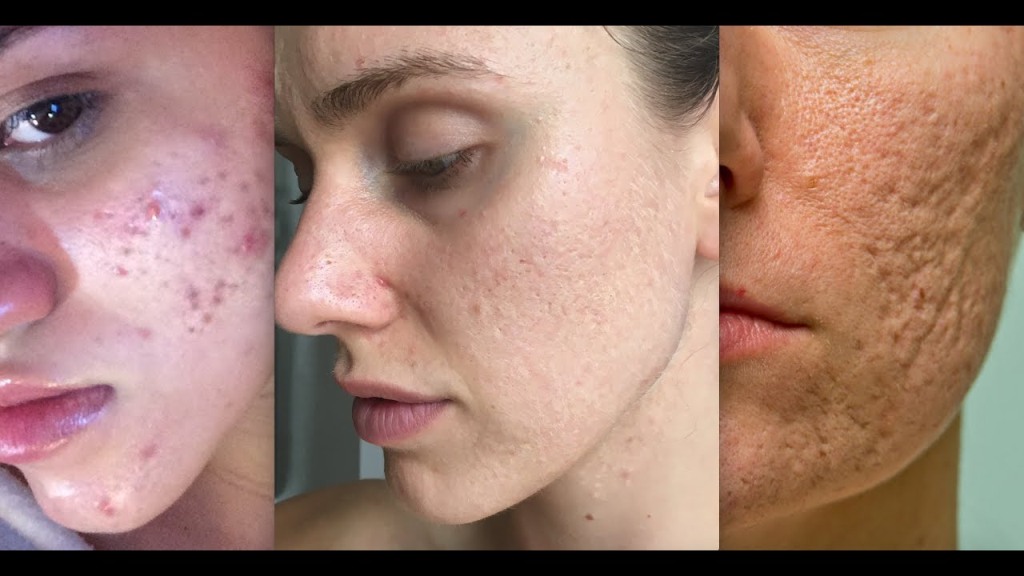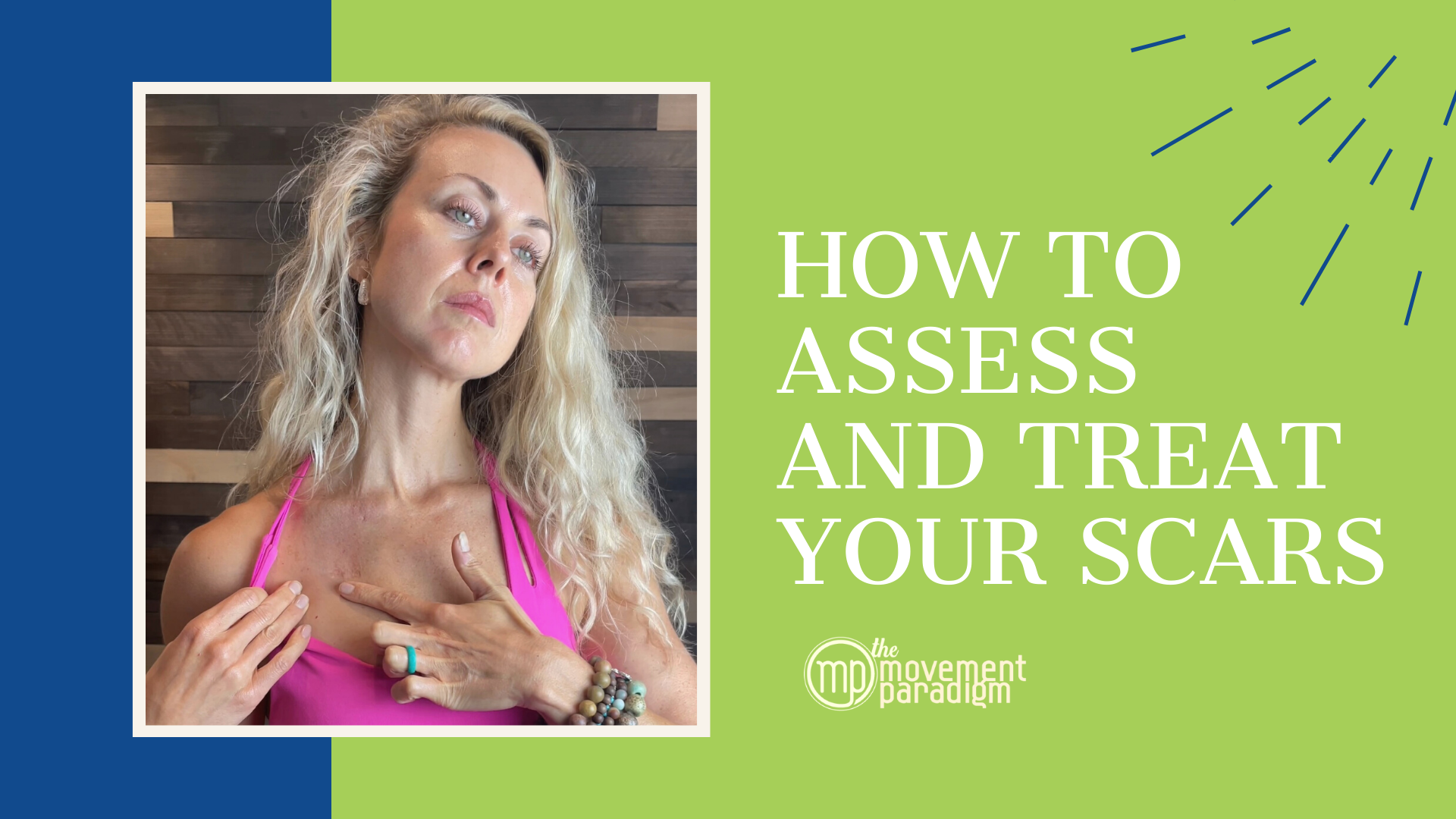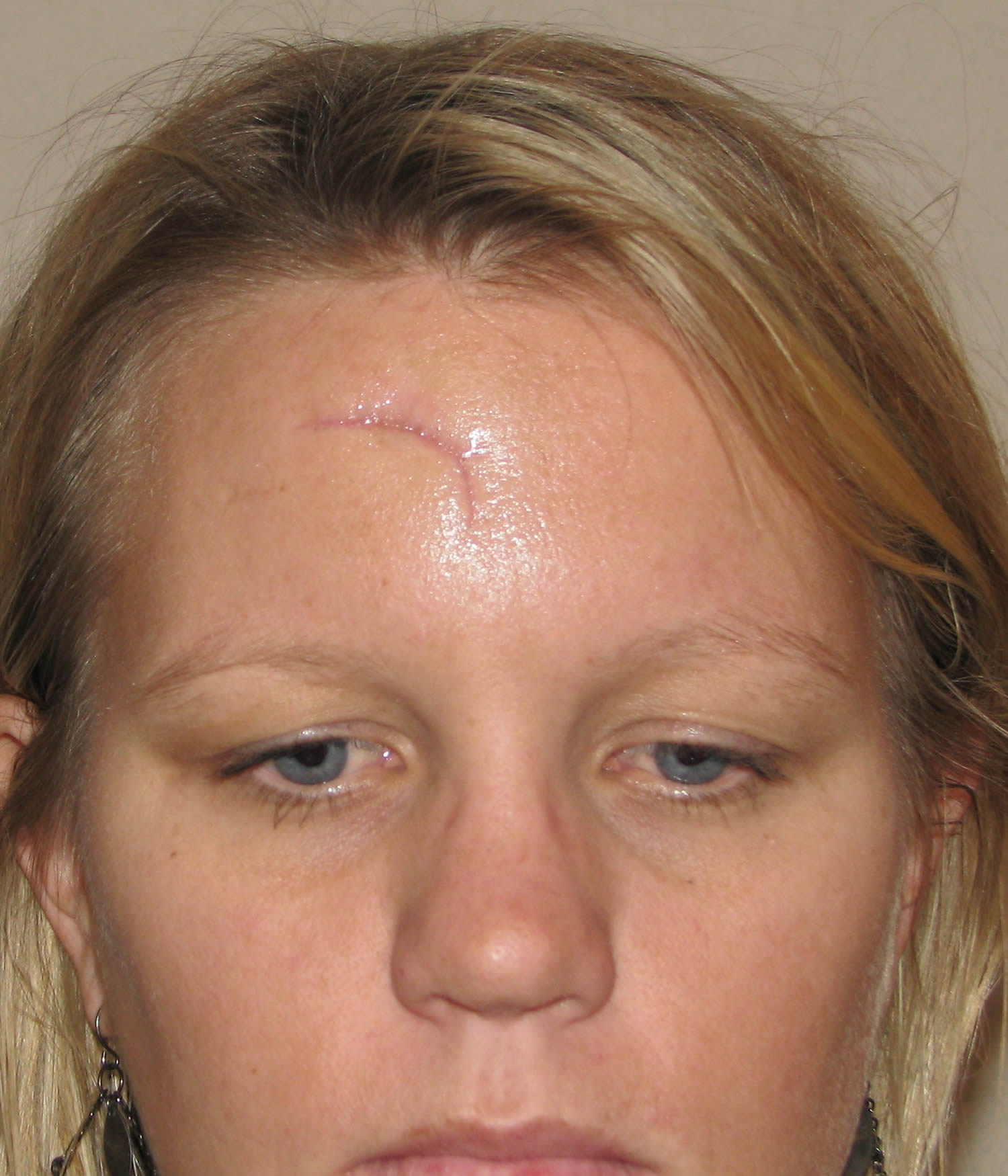Outstanding Info About How To Treat Face Scars

Some medicated creams, such as those containing azelaic.
How to treat face scars. Best for widespread acne scarring, resurfacing treatments such as dermabrasion and microdermabrasion help treat acne. According to green, acne scars occur as the result of ruptured pimples, pustules, whiteheads, and cysts, which cause the skin to break when. Kate somerville mega c 30%.
To diminish raised acne scars called hypertrophic scars, your dermatologist may recommend laser treatments, injections of corticosteroids or another medication, or. Dermabrasion or microdermabrasion: Murad invisiscar resurfacing treatment, $38.
Options will depend on the type. 24, 2022, at 10:37 a.m. Using sunscreen can help limit the contrast between unscarred skin and a scar.
While there’s no quick fix or single approach that will help you avoid scars completely, early treatment can help, she says. Don't pick or pop, no matter how. Products sun protection natural hair & nails how to best treat acne scars pictures depressed scars raised scars takeaway you may be able to reduce the.
Garshick and camp both say that the first and foremost way to prevent acne scars is to leave your face alone: Skinceuticals advanced scar control, $112. They’re injected directly into the scar tissue to help decrease the.
If you have a scar on your body or face that's bothering you, it may be helpful to speak. When an acne scar first appears, you may see a depression (indent in your skin) or a raised scar, along with some discoloration. Once the wound is healed, you can then try.
Treatments include surgery to remove the scar, steroid injections, or silicone sheets to flatten the scar. Home skin care. Reduce (or completely flatten) a raised scar or keloid ease.
Your dermatologist may inject one of these medications directly into the scar to: Corticosteroid injections can be effective at treating certain types of scars, like thick or keloid scars. This article is based on reporting that features expert sources.
Cryosurgery, which works by freezing and “killing” scar tissue, is often used in conjunction with corticosteroid injections to treat raised scars. Smaller keloids can be treated using cryotherapy (freezing therapy. Over time, the discoloration usually goes away.






